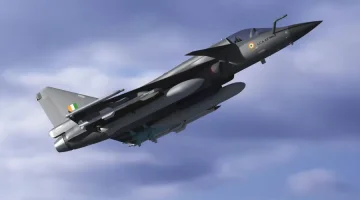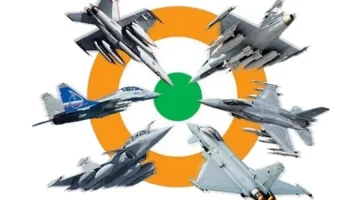- Views: 4K
- Replies: 45

India's domestically developed Light Combat Aircraft (LCA) Tejas suffered a significant setback today, experiencing its first crash after a remarkable 23-year run of accident-free operation. The incident occurred during an operational training sortie in the Jaisalmer region of Rajasthan.
The aircraft, reportedly a Tejas in its Final Operational Configuration (FOC) and part of the Indian Air Force's No. 18 Flying Bullets squadron, crashed under circumstances that are still being investigated. The pilot successfully ejected from the aircraft and is reported to be safe.
Milestone Marred
The Tejas program has been a source of pride for India's aerospace industry, recently celebrating 10,000 accident-free sorties. This crash marks a stark turning point in the aircraft's operational history.Investigation Underway
The Indian Air Force has swiftly ordered a Court of Inquiry (CoI) to meticulously examine the events leading up to the crash and identify the root cause. Preliminary analysis of available footage suggests the aircraft may have been attempting a takeoff or emergency landing, as its landing gears appeared deployed.Intriguingly, the absence of visible smoke and a continued engine roar in the footage raise questions about potential scenarios. Unresponsive controls, electrical failure, or engine flameout are possibilities the investigation will need to explore.
Tejas: A Symbol of Progress
The LCA Tejas program stands as a testament to India's growing prowess in aerospace design and manufacturing. This crash, while a setback, is unlikely to derail the larger ambitions of the program or India's defence modernization efforts.The findings of the Court of Inquiry will be crucial in understanding the cause of this incident and taking steps to prevent similar occurrences in the future.


